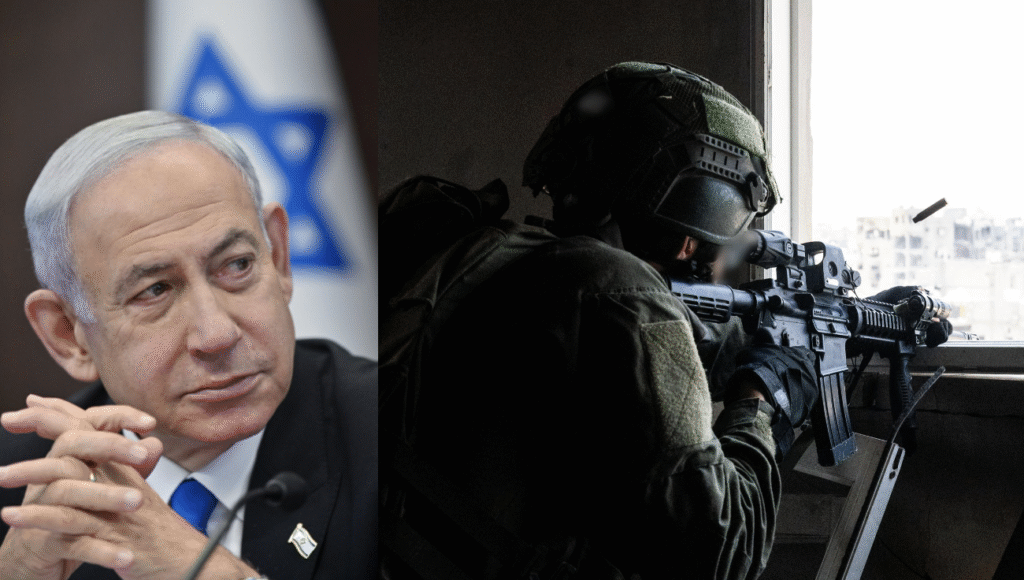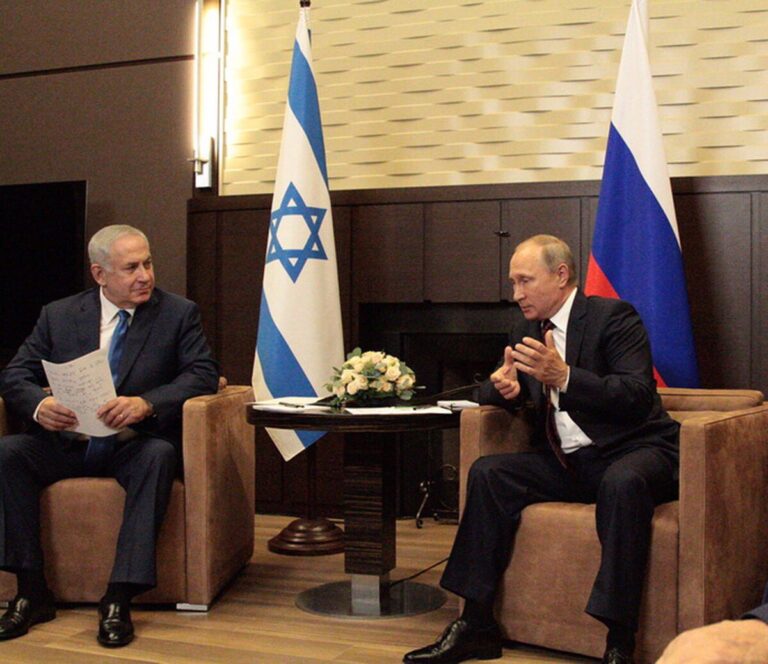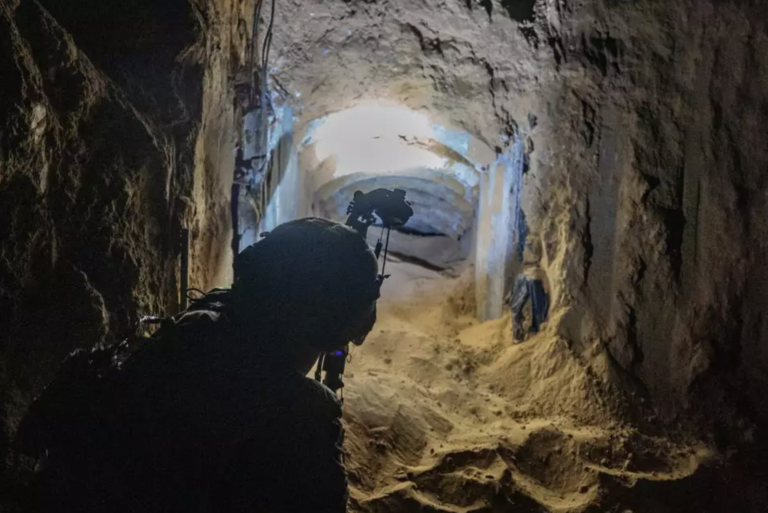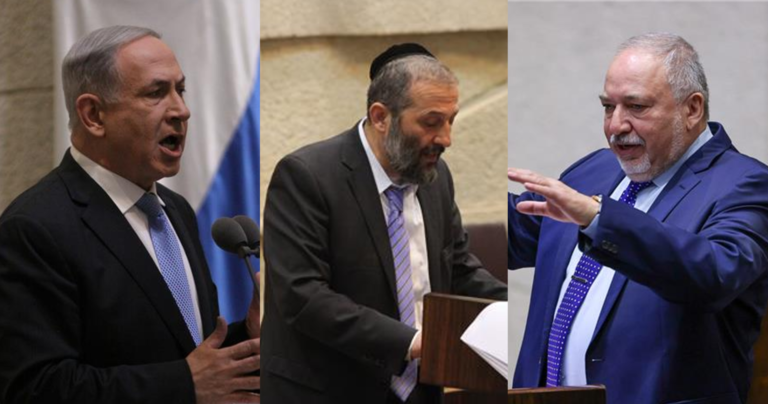Pressure on Benjamin Netanyahu to end the war in Gaza isn’t just coming from the opposition and voices in the West—even his own ministers are now calling for a permanent ceasefire.
Will they succeed? And where does the prime minister stand on all this? I explored this in my Shabbat column for Yedioth Ahronoth, an excerpt of which is below.
***
Senior coalition officials are appealing to Benjamin Netanyahu to end the war in Gaza as soon as possible.
Yes, they tell him, the victory in Iran reminds them of the Six-Day War—but don’t turn Gaza into your War of Attrition. It’s not the end of the world, they say, if the war on one of the seven fronts ends in a draw. In soccer, even 6-1 is still a decisive victory.
Are they succeeding?
The answer is complicated. On one hand, during this week’s security discussions, Netanyahu sounded as militant as finance and national security ministers Bezalel Smotrich and Itamar Ben Gvir, speaking about a total defeat of Hamas. Later, he called for a siege on northern Gaza, arguing that it would enable Israel to eliminate Hamas in the northern strip without firing a single bullet.
On the other hand, the Prime Minister’s Office believes in a ceasefire and temporary deal. They apparently support the following outline: An agreement would be reached for a two-month pause in exchange for the release of half of the living and two-thirds of the dead hostages. During that time, Israel would build a new humanitarian zone in southern Gaza, where most of Gaza’s civilian population is expected to relocate.
In a cabinet meeting this week, Netanyahu explained that Hamas in the north would be comparable—with an obvious difference—to those who barricaded themselves atop Masada to defend themselves from the Romans over 2,000 years ago: They weren’t lacking food, but they could see from afar the Romans preparing for a siege, and they knew their fate was sealed.
“I’m putting my résumé on the line that Hamas will surrender,” the prime minister asserted.
His logic is as follows: Israel will convince the U.S., the U.S. will pressure Qatar, Qatar will threaten Hamas—and an agreement will be reached. It’s also worth noting that, coincidentally or not, a 60-day ceasefire would take place during the Knesset’s summer recess—from July 27 until October 19—when the government is not at risk of collapse.
There are, however, a few problems with this scenario.
First, it’s unclear whether, after another two-month pause—almost two years into the war—there will still be public support or psychological stamina for IDF reservists to go into Gaza for yet another round of fighting, leaving behind their families—often comprised of their wives and young children.
Second, the army is not enthusiastic about the “bubble” humanitarian zone initiative in Al-Mawasi, southern Gaza. It fears a Sabra and Shatila-style scenario, in which one group attacks another right by Israel’s open—or closed—eyes.
Third, such a plan is contingent on Israel remaining in the Morag Corridor, which separates “old” terrorist Gaza from a “new,” weapon-free Gaza—something Hamas does not agree to. The signals suggesting Hamas might agree are, at this stage, still Israeli hopes—not evidence in Arabic.









